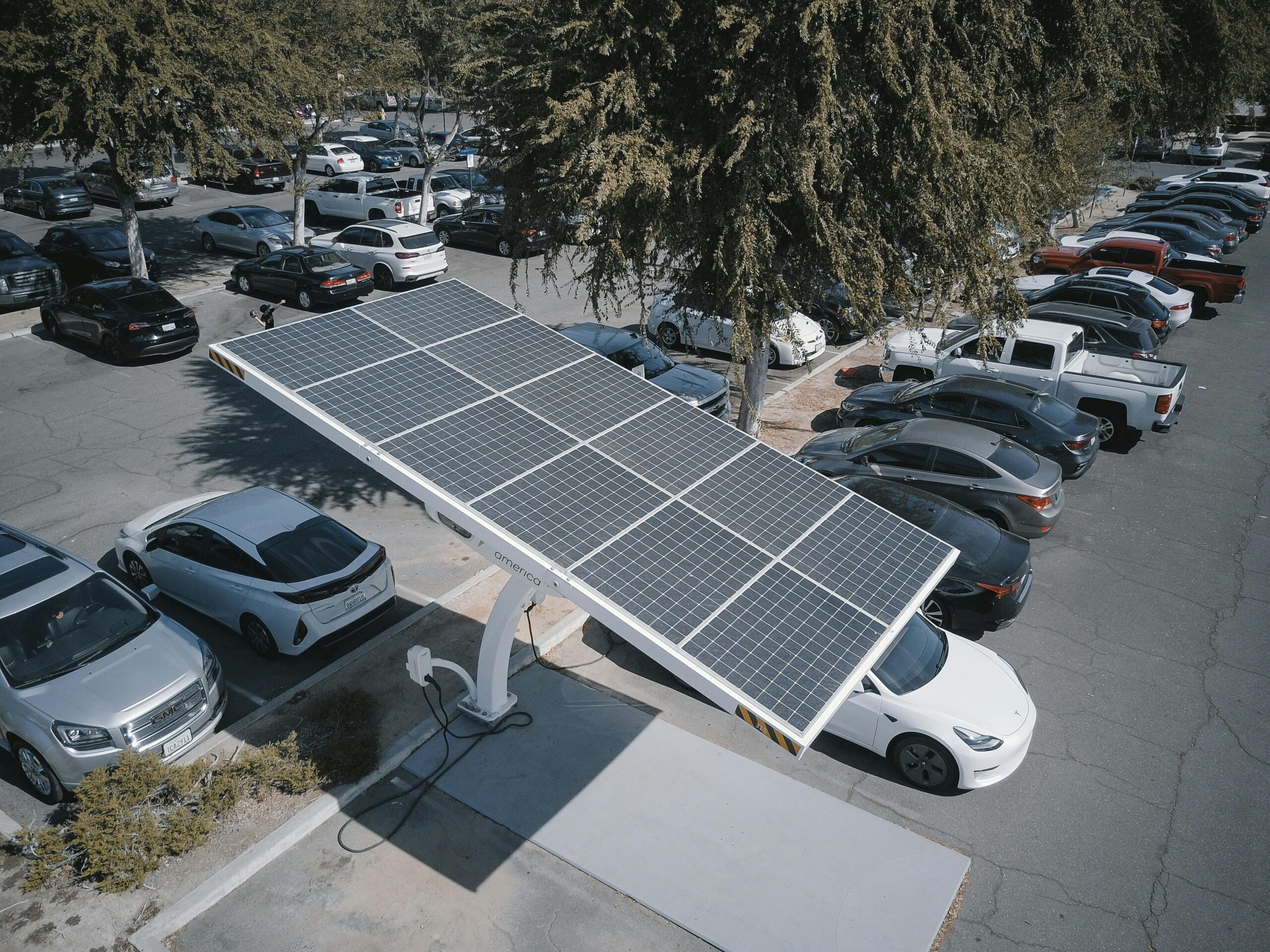From Solar Cars to Solar Homes: The Expanding Role of Solar Technology
Solar technology is no longer confined to rooftop panels or remote installations in sun-drenched regions. It has evolved into one of the most dynamic and transformative forces driving sustainable innovation across multiple sectors. From powering residential properties to propelling electric vehicles, solar energy is steadily reshaping the way we live, travel, and consume power.
As the climate crisis intensifies and global energy demands continue to grow, solar power presents a compelling solution-one that is renewable, abundant, and increasingly cost-effective. What was once considered the domain of forward-thinking futurists has now become a viable, mainstream reality. We’re seeing solar panels integrated into modern architecture, and even vehicles designed to charge directly from the sun.
Solar Cars: A Glimpse into the Future of Mobility
Solar-powered vehicles, which were once limited to experimental projects or academic competitions, are now on the cusp of becoming commercially available. Innovative companies such as Lightyear and Aptera are leading the charge with solar electric vehicles (SEVs) that merge aerodynamic efficiency with integrated photovoltaic panels-enabling them to gain dozens of kilometres of additional range each day directly from sunlight.
Although fully solar-powered autonomy for cars remains a longer-term goal, the incorporation of solar technology as a supplementary energy source is already proving valuable. It reduces reliance on the electrical grid, particularly in sun-rich regions, and makes electric vehicle ownership even more sustainable. As solar panel efficiency improves and battery technology advances, solar mobility could become a significant component of our low-carbon transport future.
Solar Homes: Innovation Beyond the Roof
Over the past decade, residential solar technology has seen dramatic growth. Decreasing installation costs, supportive government policies, and increasing public environmental awareness have all contributed to the widespread adoption of solar energy in homes. Yet, the evolution doesn’t end with rooftop panels.
Modern solar homes are intelligent, self-sufficient energy ecosystems. Integrated battery storage solutions-such as Tesla Powerwall or Sonnen-enable homeowners to store surplus solar energy for use during peak demand, nighttime, or grid outages. When paired with smart energy management systems and real-time monitoring, these homes are moving steadily towards energy independence and enhanced grid resilience.
Furthermore, the architectural integration of solar-through innovations like building-integrated photovoltaics (BIPV), solar roof tiles, and solar glass-is allowing for aesthetically refined and functional solutions. Sustainability no longer requires a compromise on design or visual appeal.
A Connected and Decentralised Energy Future
The rise of solar technology is not merely about homes and vehicles-it’s about reimagining the entire energy landscape. With the development of decentralised solar systems, community microgrids, and peer-to-peer energy trading platforms, individuals and neighbourhoods are beginning to generate, store, and distribute their own renewable energy locally.
This shift holds particular promise for rural regions and developing countries, where access to reliable electricity can be limited. By leapfrogging traditional infrastructure, solar systems are helping bridge the global energy divide-supporting economic development, improving resilience, and promoting greater energy equity.
Conclusion
From solar-powered cars gliding silently along sunlit roads to homes capable of generating and storing their own clean energy, solar technology is expanding well beyond its early applications. It is becoming embedded in the fabric of modern life-changing not only how we power our world, but how we build, live, and interact within it.
As innovation continues and adoption scales, solar energy stands poised to become the cornerstone of a smarter, cleaner, and more sustainable global future.
